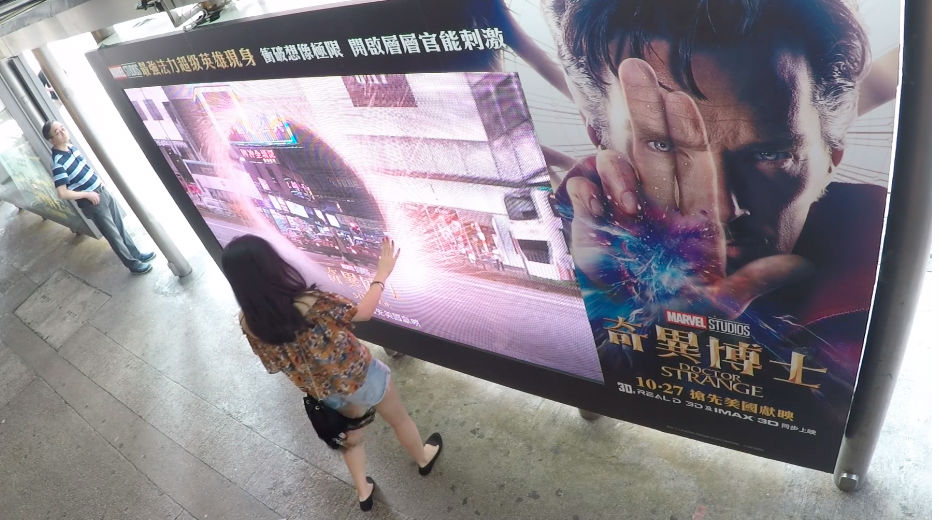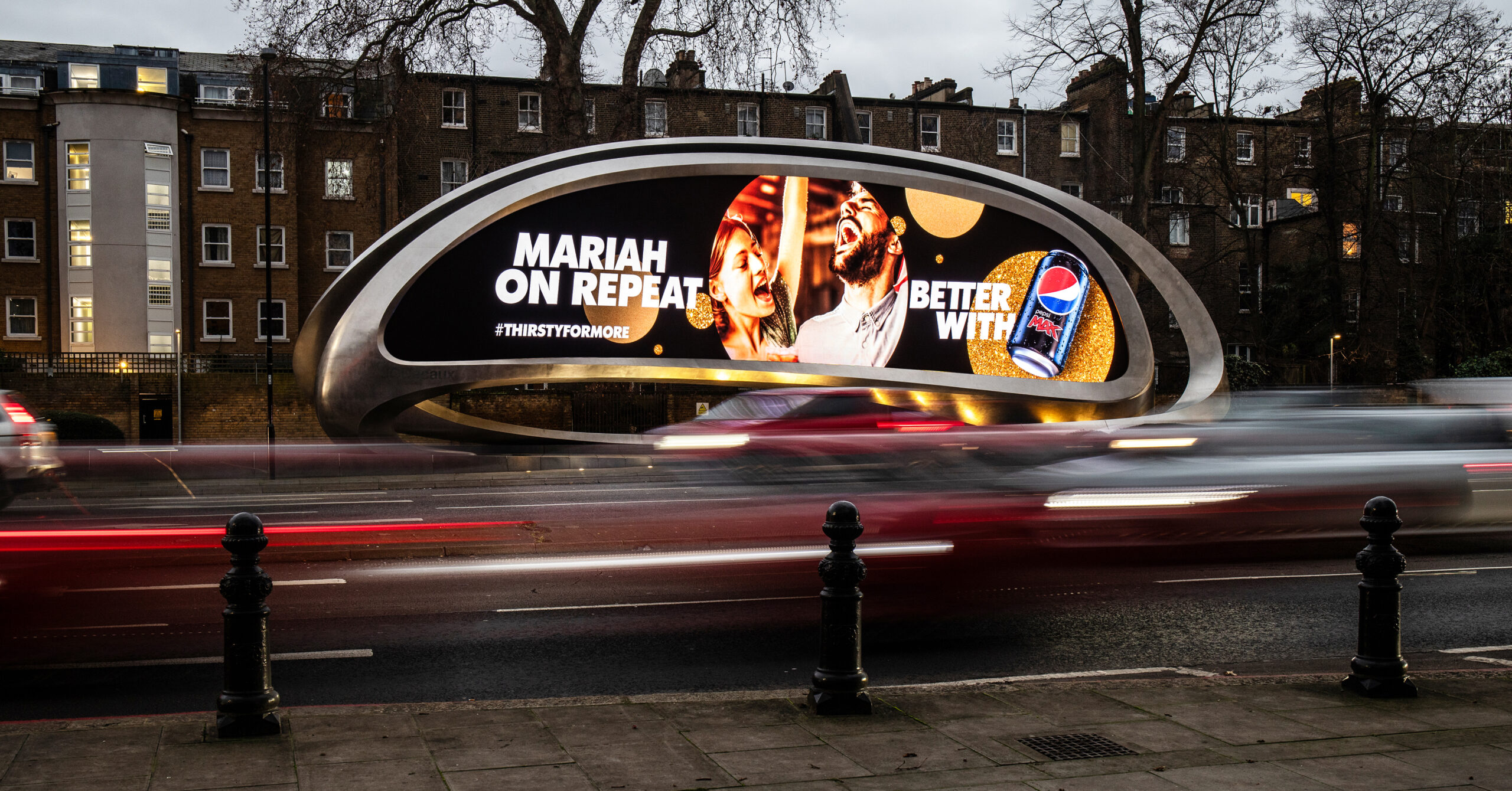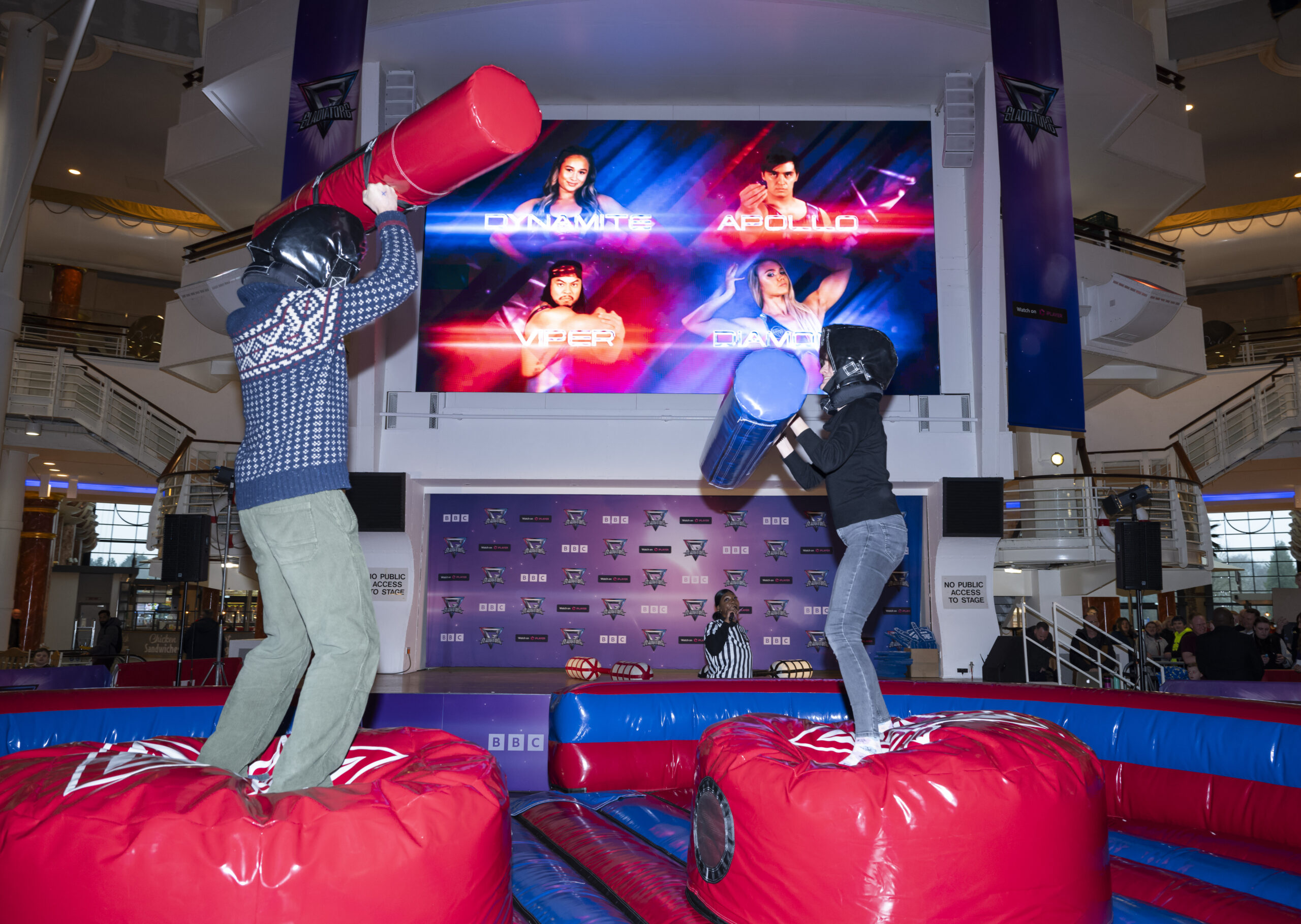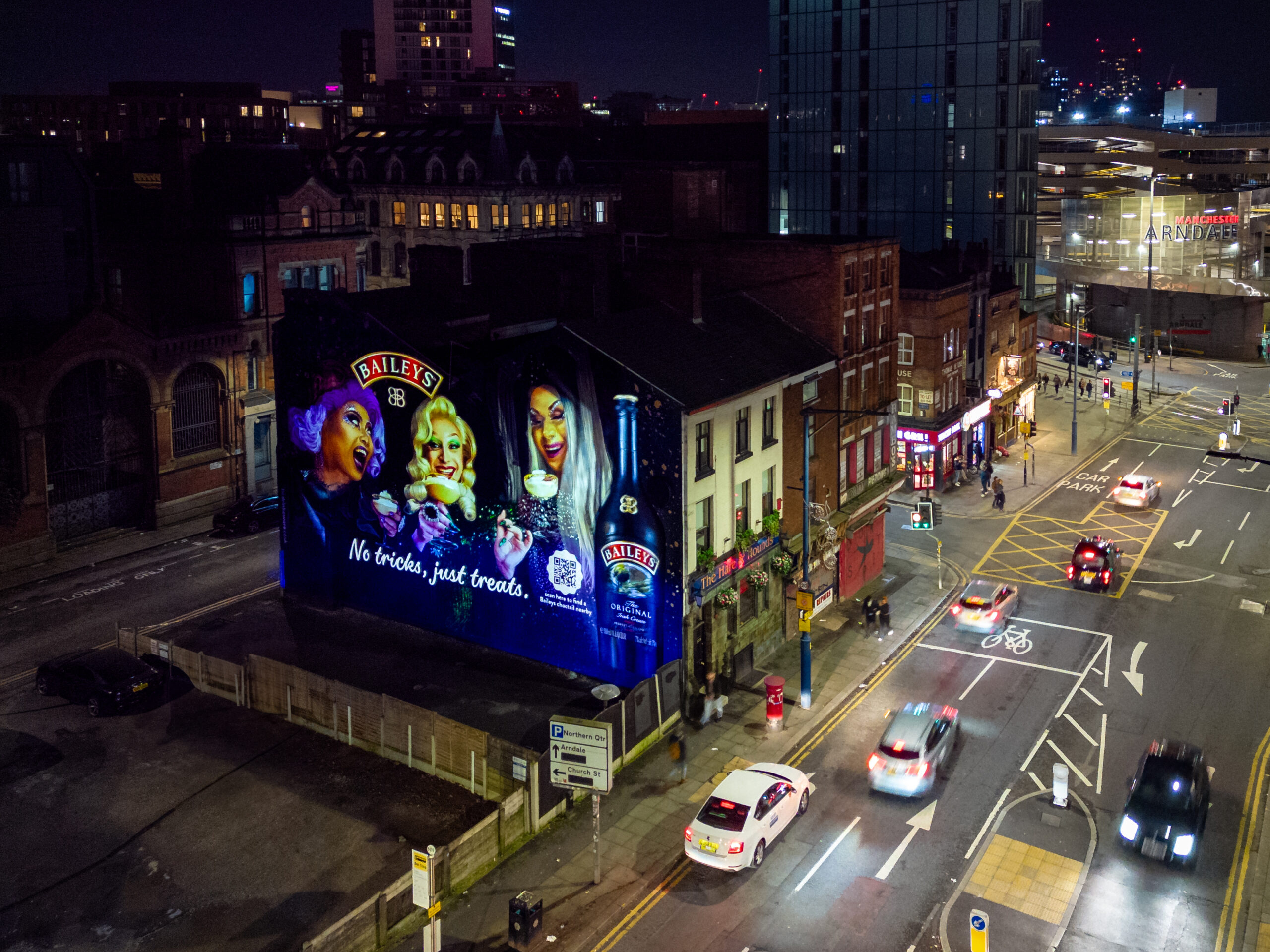Digital OOH in a 5G World
Our Creative Technologist Jon Jones explores the possibilities for digital OOH with the recent deployment of 5G.
This article first appeared in Digital Signage Connection on 28th June 2019.
5G is a term being bandied around a lot in media circles right now. The first wave of fifth generation wireless networks have been deployed, and consumers and businesses alike are getting excited by the promise of superior high-speed connectivity. But what exactly does 5G mean for the digital out-of-home (DOOH) landscape?
Perhaps the most cited benefit of 5G over and above previous iterations (see diagram) is speed. 5G is between 10- and 20-times faster than 4G and much, much more responsive. Other benefits, however, include better coverage and a lot more capacity. This means that your phone should now continue to function and upload content even when you are at a major sports stadium or music event. Finally, latency, or the time it takes devices to communicate with each other over wireless networks, will also drastically decrease. All these attributes will benefit the DOOH industry and enable greater creativity.
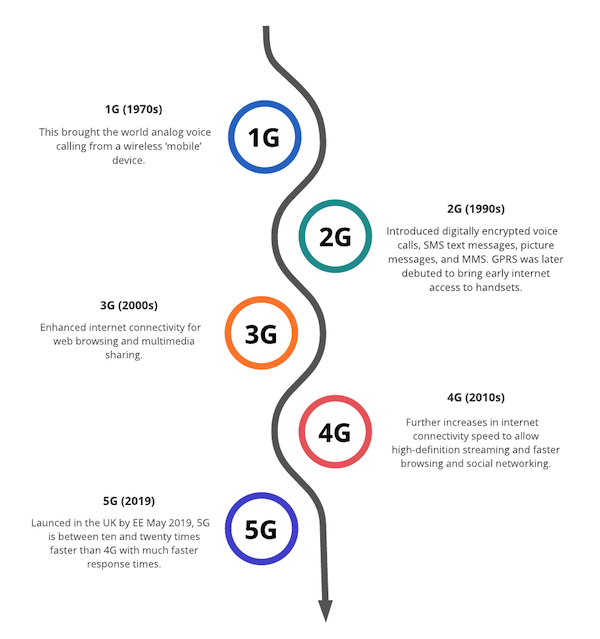
Live Streaming
With such marked improvements regarding speed and latency, the possibilities for live and reliable streaming linkups between DOOH sites open-up. This is not a new approach for DOOH, and we have achieved this before in live streaming film premieres, catwalk shows, sports tournaments and other red-carpet events. For the theatrical release of Doctor Strange, we utilized a satellite link for guests to ‘open a portal’ (or live video link) between London and LA. A satellite connection guaranteed us a good quality link, but even with a satellite link, we still experienced some delay in the feed, in addition to the heftier price tag. With 5G, the delay on the stream will be greatly reduced, and of course, the cost is also significantly less.
Augmented Reality
Having a greater technical backbone will extend the realm and capacity for linking and connecting different DOOH sites, and it also opens the door for many more creative and personalized experiences that link up to remote systems.
Our latest Augmented Reality campaigns are built on the Unity platform, which creates real-time rendering and is primarily used to develop computer games, so it requires extra computing power. These applications usually run on powerful gaming rigs, but it’s not always possible to install this kind of hardware in bus shelters for example. What we can do, however, is tap into computing power in the cloud.
Personalization, Machine Learning, & Dynamic Creative Optimization
The ability to deliver real-time, personalized, and contextual creative to DOOH screens has been proven time and time again to boost engagement. With the overall increase of speed when 5G hits, improvements to data processing will enable DOOH advertisers to respond seamlessly with contextual creative across multiple locations – creative that can be informed by and optimized using real-time audience data insights.
But it goes further than this. Displays will be informed by and interact with other mobile devices, applications, cameras, and wearables to gather and process data and deliver more useful and targeted experiences. Artificial Intelligence (AI) will reform campaigns, optimizing creative on-the-go. Imagine an Augmented Reality campaign that could reflect the current weather conditions. Or perhaps a virtual brand ambassador powered by Artificial Intelligence that could engage and answer questions about the product or service being advertised.
Whilst these are realistic possibilities today, they currently require budgets and timelines that are too prohibitive. But with the arrival of 5G, and the ability to render in real-time on the cloud, it is more feasible than ever before to deliver reactive and interactive campaigns at scale. Campaigns of this nature no longer need to be limited to one-off stunts. Personalized interactive creative can now be delivered at scale, like never before.
What Now?
5G will fundamentally change the way we use and think about the Internet. These are just a few of the areas 5G is likely to have an effect on DOOH in the immediate term. Although we are still some way off from having 5G fully at our disposal, new marketing approaches also take time to develop, so it makes sense to start thinking about what this high-speed connected landscape brings to DOOH now, and in turn, what new creative possibilities DOOH will unlock for the advertiser.
